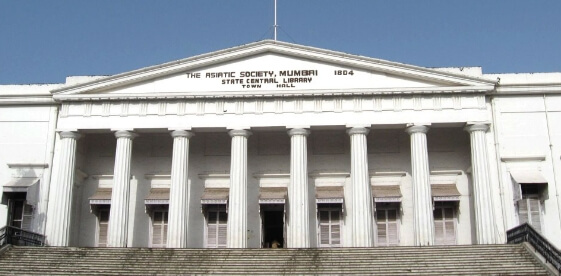
The Asiatic Society, Mumbai
The Asiatic Society of Mumbai, founded on 26th November 1804 by Sir James Mackintosh, is one of the city’s oldest non-governmental institutions. Inspired by Sir William Jones’ Bengal Society, it evolved through several name changes before adopting its current title in 2002. Today, it functions as a Public Charitable Trust.
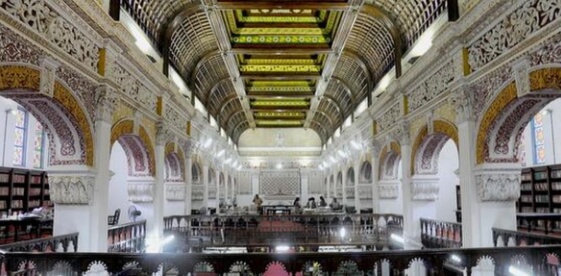
Connemara Public Library (CPL), Chennai
Connemara Public Library is at Egmore in Chennai, Tamil Nadu, India. This is one of the oldest libraries in the country. This library is one of the four National Depository Libraries that receive a copy of all books, newspapers, and periodicals published in India under the provisions of the Delivery of Books and Newspapers (Public Libraries) Act, 1954, and amended in 1956.
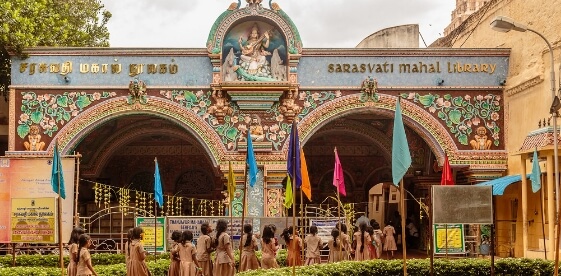
Thanjavur Maharaja Serfoji's Sarasvati Mahal Library
Thanjavur, a cultural gem shaped by the Cholas, Nayaks, and Marathas, is home to the historic Sarasvati Mahal Library, one of Asia’s oldest. Established under Raghunatha Nayak and enriched by Serfoji II, it houses priceless manuscripts, palm-leaf texts, and rare books, serving scholars worldwide as a treasure of knowledge.
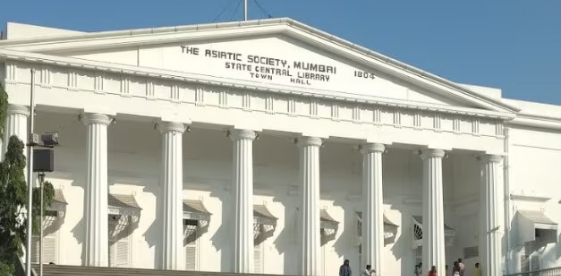
State Central Library, Mumbai
The Central Library, established on 26th June 1947 under the Asiatic Society of Bombay, became India’s National Depository Public Library in 1955 under the Delivery of Books and Newspaper Act. It preserves rare works, maintains Marathi bibliographies, and offers reference services, with four sub-centers across Mumbai for wider access.
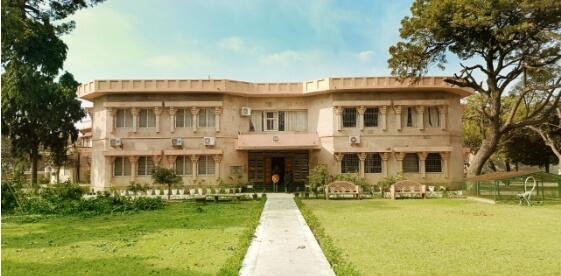
Vrindaban Research Institute, Vrindavan (Mathura)
Founded on 24th November 1968 by Dr. Ram Das Gupta, the Vrindavan Research Institute preserves India’s cultural and literary heritage with a special focus on Braj. Housing rare manuscripts, farmans, artifacts, and a Braj Culture Museum, it promotes research, conservation, and publications. VRI also hosts seminars, exhibitions, and workshops, enriching knowledge and safeguarding traditions for future generations.
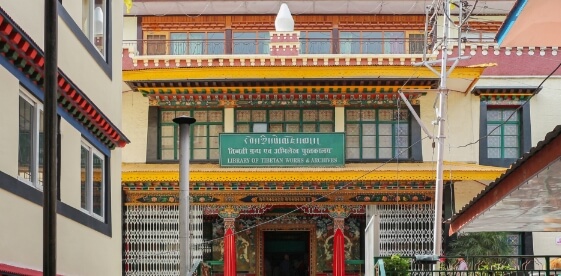
Library of Tibetan Works and Archives (LTWA), Dharamshala
The Library of Tibetan Works and Archives (LTWA), established in 1970 at Dharamshala, preserves rare manuscripts, books, and art of Tibet. It offers research facilities, courses on Buddhist philosophy, wood carving, and Thangka painting, while also publishing journals, translations, and documenting Tibetan culture through films, oral histories, lectures, and seminars.
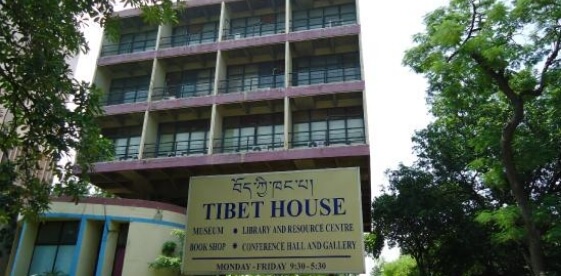
Tibet House, New Delhi
It was established in 1965 by His Holiness the Dalai Lama, and it works to preserve and promote Tibetan culture. It supports artists and craftsmen, fosters cultural exchange, educates Tibetans about Indian traditions, and revives classical and folk art forms, music, and dance, while receiving government financial assistance for its activities.
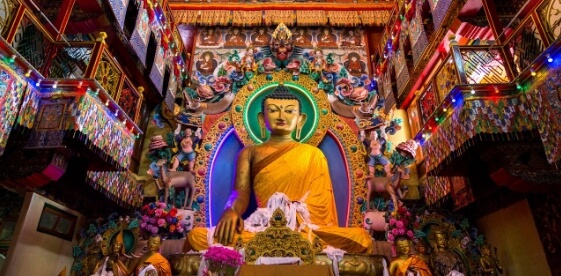
Tawang Monastery, Arunachal Pradesh
Tawang Monastery, established in the 17th century in Arunachal Pradesh, is one of North-East India’s oldest and largest monastic institutions, housing around 300 monks, including 150 students. Inspired by Prime Minister Indira Gandhi’s 1972 visit, the monastery started a school in 1977, now known as the Centre for Buddhist Cultural Studies (CBCS).
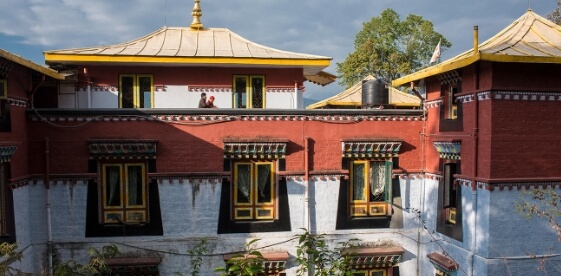
Namgyal Institute of Tibetology (NIT), Gangtok
The Namgyal Institute of Tibetology (NIT), Gangtok, established in 1958, is an autonomous organization under the Sikkim government dedicated to research in Tibetology. It promotes studies in Tibetan language, medicine, astrology, history, and iconography, publishes a quarterly journal, and provides research facilities for scholars studying the history, art, and culture of Tibet.
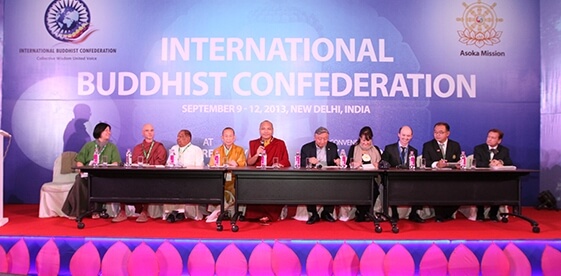
International Buddhist Confederation (IBC), New Delhi
International Buddhist Confederation (IBC), New Delhi, was conceived in August 2011, at an International Workshop in New Delhi, where 28 delegates from 11 countries unanimously agreed on the need to form a new international Buddhist umbrella body that would serve as a common platform for Buddhists worldwide.





